The iot middleware market is currently characterized by a dynamic competitive landscape, driven by rapid technological advancements and increasing demand for seamless connectivity across devices. Major players such as Microsoft (US), IBM (US), and Amazon (US) are at the forefront, each adopting distinct strategies to enhance their market positioning. Microsoft (US) emphasizes innovation through its Azure IoT platform, focusing on integrating AI capabilities to streamline operations. IBM (US) leverages its extensive experience in enterprise solutions, concentrating on partnerships that enhance its middleware offerings. Meanwhile, Amazon (US) continues to expand its AWS IoT services, aiming to provide comprehensive solutions that cater to diverse industry needs. Collectively, these strategies contribute to a competitive environment that is increasingly centered around technological integration and customer-centric solutions.
Key business tactics within the iot middleware market include localizing manufacturing and optimizing supply chains to enhance responsiveness to market demands. The competitive structure appears moderately fragmented, with a mix of established players and emerging startups. This fragmentation allows for a variety of innovative solutions, although the influence of key players remains substantial, as they set industry standards and drive technological advancements.
In October 2025, Microsoft (US) announced a strategic partnership with Siemens (DE) to enhance their IoT capabilities, focusing on smart manufacturing solutions. This collaboration is likely to bolster their competitive edge by combining Siemens' expertise in industrial automation with Microsoft's cloud and AI technologies, potentially leading to more efficient production processes and reduced operational costs for clients.
In September 2025, IBM (US) launched a new version of its Watson IoT platform, which integrates advanced analytics and machine learning features. This upgrade is significant as it positions IBM to better serve industries such as healthcare and manufacturing, where data-driven insights are crucial for operational efficiency. The enhancement of their platform may attract new clients seeking to leverage IoT for improved decision-making.
In August 2025, Amazon (US) expanded its AWS IoT Core services to include enhanced security features aimed at protecting connected devices. This move is particularly relevant as cybersecurity concerns continue to rise in the IoT space. By prioritizing security, Amazon not only addresses a critical market need but also strengthens its value proposition, potentially increasing customer trust and loyalty.
As of November 2025, current trends in the iot middleware market are heavily influenced by digitalization, sustainability initiatives, and the integration of AI technologies. Strategic alliances are increasingly shaping the competitive landscape, as companies recognize the value of collaboration in driving innovation. Looking ahead, competitive differentiation is expected to evolve, with a notable shift from price-based competition towards a focus on technological innovation, reliability in supply chains, and the ability to deliver tailored solutions that meet specific customer needs.


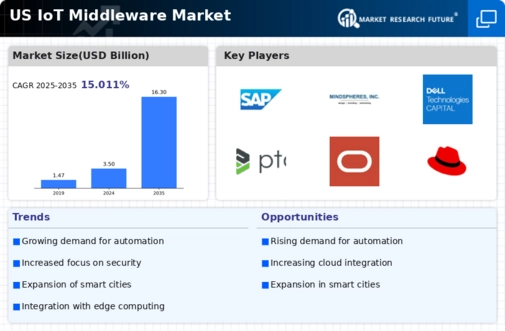

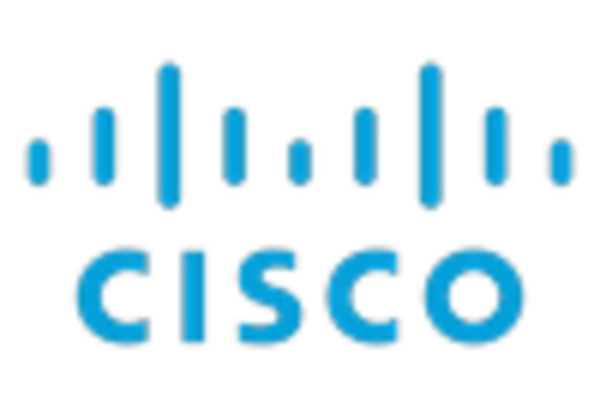
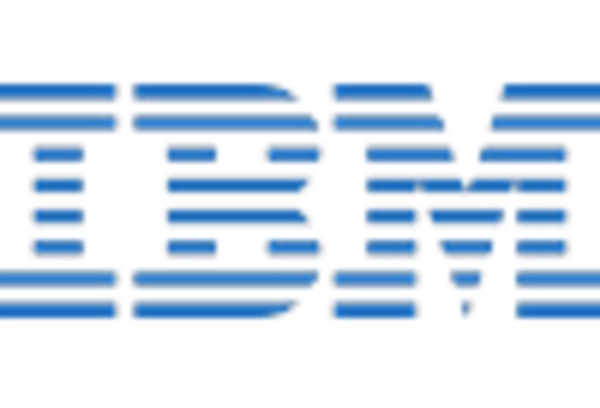

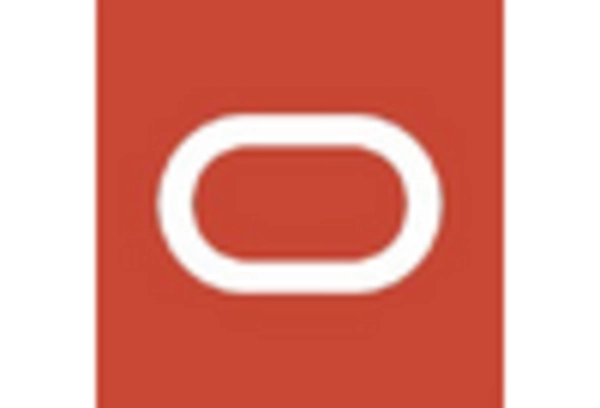
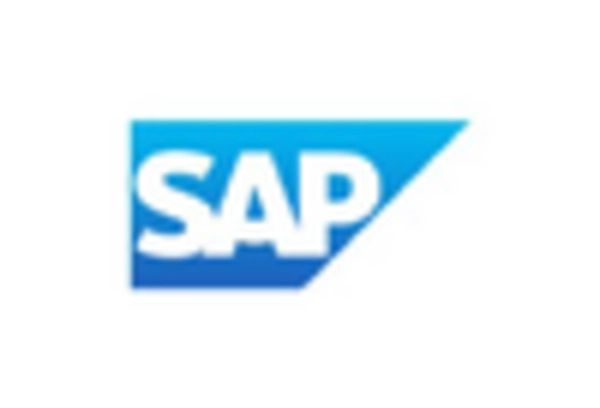








Leave a Comment